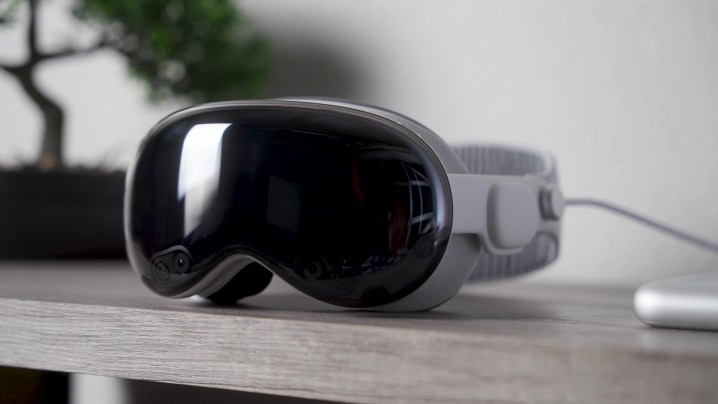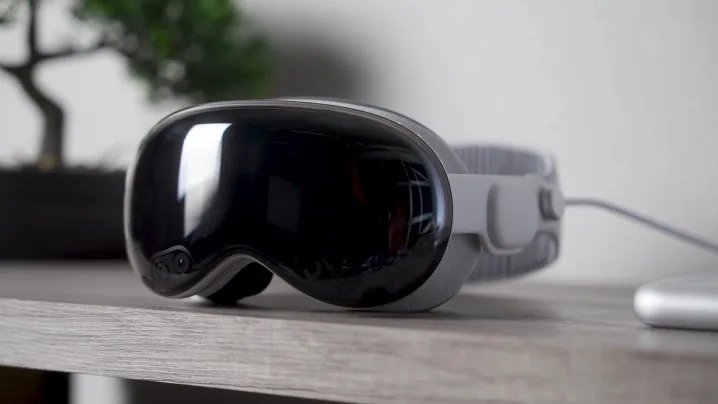A recent analysis indicates that Apple is preparing to launch a more affordable version of its Vision headset. As reported by Wccftech, this information comes from the research firm TrendForce, which suggests a shift from the premium micro-OLED displays found in the Vision Pro.
The alternative options include glass-based OLED displays and a variant known as LTPO backplane technology, which Apple first implemented in the Apple Watch Series 4 in 2018. This display technology has since gained significant traction across the industry, being widely used in smartphones and other wearable devices.
This shift would signify a departure from Sony, the provider of the micro-OLED screens for the Vision Pro. Manufacturing micro-OLED panels remains expensive and complex, and consulting firm YoleGroup notes that it “requires substantial investments in equipment and dedicated production lines to accommodate increased volumes.”

TrendForce’s report confirms that the Vision Pro 2 will retain the use of micro-OLED displays, boasting a resolution exceeding 3,000 pixels per inch. However, Apple is likely to explore options beyond Sony to reduce production costs.
The speculation surrounding the name implies that Apple intends to introduce a more budget-friendly model of the Vision Pro. The recent findings suggest that Apple is considering approaches to lower the price point. However, there is a limit to how much quality can be compromised before the headset loses its distinguishing features.
The pricing of the Vision Pro has always been a significant drawback for Apple. While exact figures remain unknown, rumors suggest that both the budget-friendly Apple Vision and the next-generation Vision Pro 2 may debut in 2025. The base model of the Vision could retail for under $2,000, with speculation that Apple may lower the cost of the original Vision Pro, continuing to offer it alongside the new versions.
However, the question remains: will these prices be competitive enough to attract a broader audience? With options like the Quest 3 and its even cheaper counterpart, the Quest 3S, establishing a foothold in the sub-$1,000 market, Apple must convincingly demonstrate that its entry-level model offers substantial advantages over the $500 Quest 3.
Meanwhile, the mixed-reality headset market is witnessing a resurgence, with companies like Samsung and Sony leading the way. Microsoft has also hinted at its return to the sector. Meta and Google are expanding the landscape of mixed-reality devices, with new operating systems like Android XR and HorizonOS now open to brands such as Lenovo and Asus.

